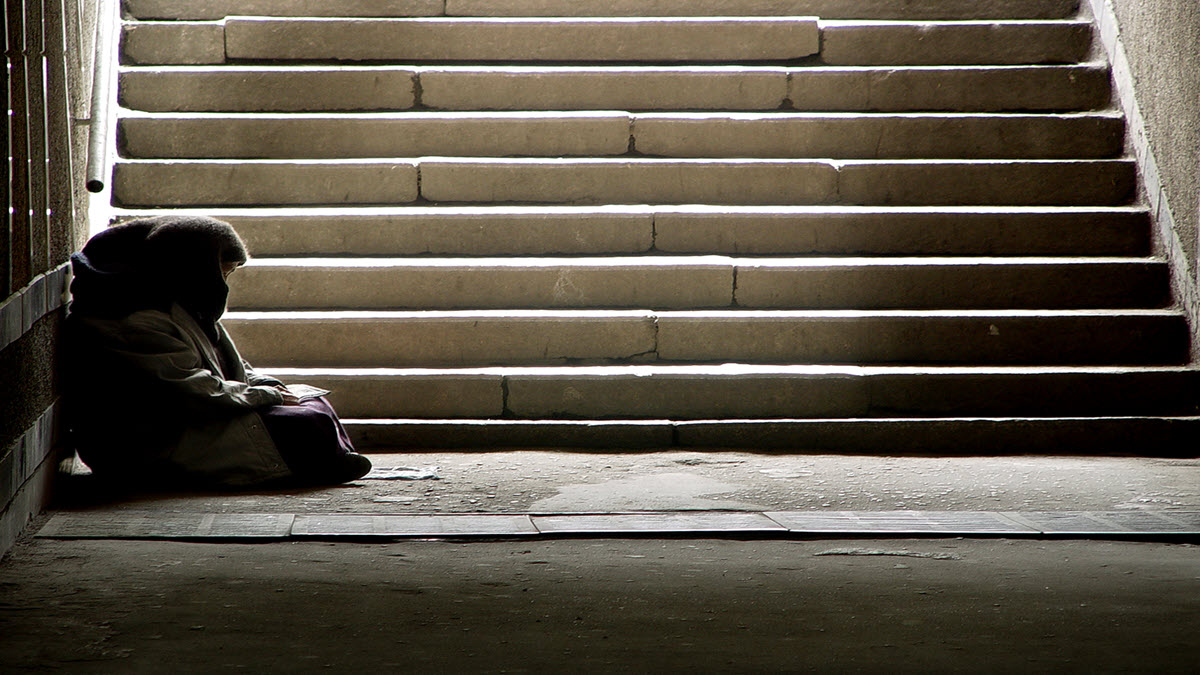Key points
- Tuberculosis (TB) is a serious health threat, especially for people experiencing homelessness.
- Homeless shelter staff can help prevent the spread of TB germs in homeless shelters.
- CDC has resources for homeless service providers.

Overview
TB is a challenging disease to identify, treat, and control, especially in settings like homeless shelters where people live and work close to each other.
People experiencing homelessness often do not have ready access to the medical care to diagnose inactive TB or active TB disease early. Without treatment, people with inactive TB can develop active TB disease at any time and become sick. People with active TB disease may be able to spread the germs to people they spend time with every day. Without treatment, active TB disease can be fatal.
Preventing, finding, and treating active TB disease early is important to stop the spread of TB germs and keep people experiencing homelessness safe.
Active TB disease in homeless shelters is a public health concern.
In 2023, among persons 15 years of age or older with TB disease 695 (8.3%) persons reported ever experiencing homelessness during their lifetime and 536 (5.9%) persons reported experiencing homelessness within 12 months prior to TB diagnosis.
People have a higher risk of being exposed to TB germs who:
- Live or used to live in large group settings where TB is more common, such as homeless shelters
- Work in places where TB is more likely to spread, such as homeless shelters
TB germs are more likely to spread in homeless shelters due to several factors, including:
- People who may have increased risk for TB due to certain health conditions,
- Environment of the shelters, such as people living in close proximity, poor air flow, shared airspaces, and overcrowding, and
- Movement of people between shelters.
Homeless shelter staff or other service providers can contact their local or state TB program for information about TB prevention and control. Homeless shelters should develop plans to identify and treat active TB disease to prevent TB outbreaks.
Conditions that can increase risk
People who live or work in homeless shelters and take certain medications or have health conditions may be at higher risk of developing active TB disease once they are infected with TB germs.
People experiencing homelessness are more likely to use substances, which is a risk factor for TB. Substance use includes excess alcohol use, noninjecting drug use, and injecting drug use. It can be a barrier to TB diagnosis and treatment.
Some people with weakened immune systems (due to certain medications or health conditions) are at very high risk of developing active TB disease once infected with TB germs. It is very important that these people receive treatment for inactive TB to prevent the development of active TB disease.
Places with increased risk
Homeless shelters are places with increased risk for TB because of the physical environment of the shelter.
Shelters:
- Are places where people live in close physical proximity,
- May have poor air flow and shared airspaces, and
- May be overcrowded.
These characteristics can make it more likely for some diseases, including TB disease, to spread.
Movement between shelters
People experiencing homelessness may move from one shelter to another. This may make it challenging to complete treatment for inactive TB or active TB disease, especially if shelters are in different jurisdictions. Providers serving people who experience homelessness can work with state or local TB programs and other partners to ensure people experiencing homelessness can continue and complete TB treatment.
It can also be difficult for state or local TB programs to locate people who may have been exposed to someone with active TB disease in a homeless shelter, but may not be living in the shelter currently.
What CDC is doing
Ending TB will require a dual approach of maintaining and strengthening efforts to diagnose and treat TB, especially in populations at increased risk, such as people experiencing homelessness.
To address TB among people experiencing homelessness, CDC:
- Collaborates with other national and public health organizations to improve screening, diagnosis, and treatment for people experiencing homelessness; and
- Works to improve TB control activities in partnership with health care agencies addressing the needs of people experiencing homelessness.
Prevention and control
Effective TB prevention and control measures in homeless shelters are important to protect people who live or work in shelters as well as the community. These measures include:
- Implementing a TB screening program,
- Treating people for inactive TB and active TB disease, and
- Conducting a thorough and efficient contact investigation when a case of active TB disease is diagnosed.
Homeless shelters should work closely with local or state TB programs and other partners to implement TB prevention and control measures.
